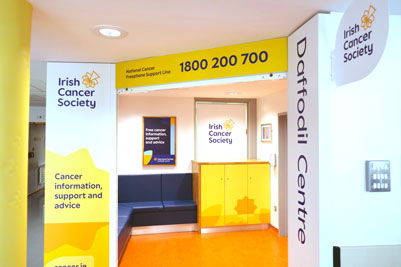Acute myeloid leukaemia (AML)
Signs and symptoms
Symptoms of AML
Many of the symptoms are caused because leukaemia can stop your body from making enough normal blood cells. Symptoms vary from person to person depending on the blood cells affected. Possible symptoms include:
- Tiredness (fatigue), shortness of breath, weakness, headaches, pale skin. This is caused by having fewer red blood cells (anaemia).
- Recurrent infections, high temperatures, fever. This is caused by not having enough healthy white blood cells.
- Blood in your urine, gums or stools (poo), unexplained bruising, tiny red spots on your skin. This is caused by not having enough platelets in the blood.
- Serious bleeding.
- Aching bones and joints. This is caused by having too many abnormal cells in your bone marrow.
- Weight loss and/or loss of appetite.
- Lethargy, lack of energy.
- Enlarged lymph nodes in your neck, underarm, stomach or groin.
- Enlarged spleen, poor appetite, swollen tummy or tummy pain.
- Sepsis - you may feel generally unwell, have a high or low temperature, or feel shivery.
All these symptoms can be caused by conditions other than cancer, but it’s important to go to the GP and get any unusual changes checked.
Can I be screened for AML?
Testing for AML when you have no symptoms is called screening. There is no leukaemia screening programme. This is because there have been no tests proven to help predict leukaemia. If you are worried about leukaemia, contact your family doctor (GP).
Recognising symptoms
Symptoms of AML can be vague and include lethargy, lack of energy and general inability to do the things you normally do. If you have symptoms that are troubling you, or new symptoms appear, tell your doctor.
Continue reading about acute myeloid leukaemia (AML)
Talk to a Cancer Nurse

Support Line
Our Daffodil Centres

